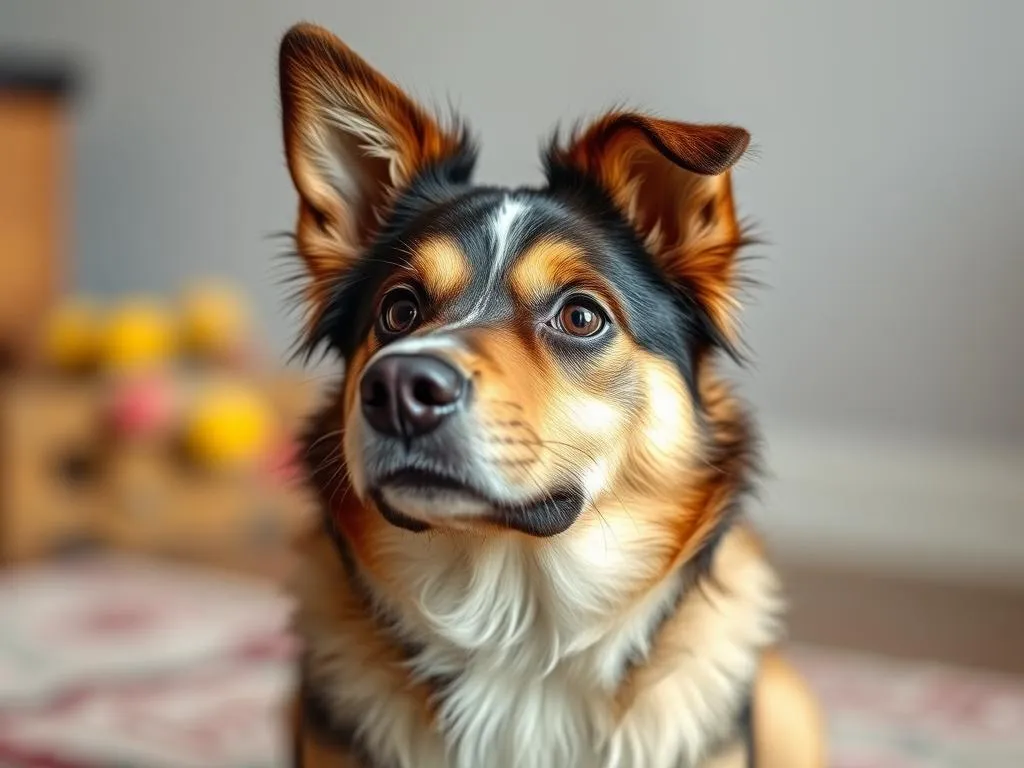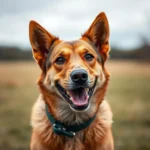
Introduction
Imagine this: You’re enjoying a sunny afternoon at the park, and your dog is happily playing fetch when a group of excited children runs by. Suddenly, your dog tenses up, growls, or even tries to hide behind you. You can’t help but wonder, why doesn’t my dog like kids? You’re not alone in this concern. Many dog owners face similar situations where their beloved pets seem uncomfortable or even fearful around children.
The purpose of this article is to explore the reasons behind such behaviors, providing insights into canine behavior and offering solutions for dog owners. Understanding why some dogs may not like kids is crucial for fostering a safe and enjoyable environment for both pets and children. In the following sections, we will delve into dog behavior, common reasons for aversion to children, signs of discomfort, and effective strategies for helping your dog adjust.
Understanding Dog Behavior
Basic Canine Instincts
Dogs are creatures of instinct. Their behaviors stem from thousands of years of evolution, where survival and reproduction dictated their actions. These instincts can influence how dogs interact with children. For instance, dogs are naturally wired to be cautious around high-energy beings, which children often are. This instinct may lead some dogs to perceive children as unpredictable and potentially threatening.
Socialization and Its Importance
Socialization is critical in shaping a dog’s behavior. It refers to the process of exposing a dog to various environments, people, and other animals in a positive manner. The critical window for socialization occurs between 3 and 14 weeks of age, during which puppies are most receptive to new experiences. A lack of socialization during this period can result in fear or discomfort around unfamiliar situations, including interactions with children.
Individual Personality Traits
Just like humans, dogs have unique personalities. While some breeds are naturally more sociable and tolerant of children, others may be more reserved or protective. Genetics plays a role in these personality traits, meaning that even within a breed, individual dogs can vary significantly in their reactions to children. Understanding your dog’s personality can provide valuable insight into their behavior.
Common Reasons Dogs Dislike Kids
Lack of Socialization with Children
One of the primary reasons dogs may not like kids is a lack of exposure. If a dog has not been properly socialized with children during their formative weeks, they may react with fear or discomfort when encountering them later in life. Limited exposure can lead to negative associations, which can manifest as avoidance or aggressive behavior.
Previous Negative Experiences
Dogs have excellent memories and can recall negative experiences. If a dog had a traumatic encounter with a child—such as being unintentionally hurt or startled—they may develop a fear of kids as a result. This learned behavior can be challenging to overcome, as the dog may generalize this fear to all children, regardless of the situation.
High Energy Levels of Kids
Children are often energetic, loud, and unpredictable. Their sudden movements and exuberance can overwhelm a dog, leading to anxiety or fear. For a dog that prefers calm and controlled environments, the chaos surrounding children may be too much to handle. This can result in a desire to flee or react defensively.
Protective or Territorial Instincts
Dogs are naturally protective of their families and territory. When children enter their space, dogs may perceive them as a threat, prompting a defensive reaction. This instinct can be particularly strong in breeds that are known for their guarding tendencies. Understanding this behavior is crucial for preventing misunderstandings during interactions.
Miscommunication Between Dogs and Kids
Dogs and children communicate differently, which can lead to confusion and anxiety. While dogs may exhibit calming signals to indicate discomfort—such as avoiding eye contact or turning away—children may misinterpret these signals as playfulness. This miscommunication can exacerbate the situation, causing the dog to feel more stressed.
Signs of Discomfort or Fear in Dogs
Body Language Indicators
Understanding canine body language is essential in identifying when your dog is uncomfortable. Common signs include:
- Growling: A warning signal that your dog is feeling threatened.
- Barking: An expression of anxiety or frustration.
- Cowering: A sign of fear or submission.
- Tail Position: A low or tucked tail indicates discomfort, while a high, stiff tail may signify excitement or aggression.
Recognizing these signs can help you intervene before a situation escalates.
Behavioral Changes
Observe your dog’s behavior when children are present. Signs of discomfort may include:
- Attempting to hide or retreat.
- Excessive panting or drooling.
- Refusal to engage in play or activities.
- Increased aggression or growling when approached by children.
Noticing these changes can guide you in taking the appropriate steps to help your dog feel more at ease.
Situational Context
Certain environments can exacerbate a dog’s discomfort around children. Loud noises, crowded spaces, or chaotic settings can heighten anxiety levels. It’s crucial to consider the context in which your dog interacts with children, as these factors can significantly impact their behavior.
How to Help Your Dog Adjust
Gradual Introduction to Children
If your dog is not accustomed to children, gradual introductions in a controlled environment can be beneficial. Start with calm, quiet children who understand how to interact with dogs. Allow your dog to observe from a distance before gradually decreasing the space between them. This gradual approach can help your dog build positive associations with children.
Positive Reinforcement Techniques
Using positive reinforcement can encourage your dog to associate children with good experiences. Whenever your dog remains calm around kids, reward them with treats, praise, or playtime. Over time, these positive encounters can help change your dog’s perception of children.
Creating Safe Spaces
It’s essential to provide your dog with a safe space where they can retreat when feeling overwhelmed. This could be a specific room, crate, or designated area with their favorite toys and blankets. Allowing your dog to have a safe haven can reduce anxiety and help them feel more secure in situations involving children.
Training and Socialization Classes
Consider enrolling your dog in training or socialization classes. Professional trainers can provide guidance on how to address your dog’s specific fears or behaviors. Socialization classes can expose your dog to various stimuli, including children, in a controlled and supportive environment.
When to Seek Professional Help
Identifying Serious Behavioral Issues
It’s vital to recognize when your dog’s behavior indicates a more serious issue. If your dog displays consistent aggression toward children or exhibits extreme fear, it may be time to seek professional help. Signs that warrant intervention include:
- Frequent biting or snapping.
- Inability to calm down around children.
- Persistent signs of anxiety or distress.
Types of Professional Help Available
There are various professionals who can assist with your dog’s behavioral issues. Options include:
- Dog Trainers: Experts in obedience training and behavior modification.
- Animal Behaviorists: Professionals specializing in understanding and addressing canine behavior.
- Veterinarians: Especially those who focus on behavioral medicine, can provide insights and potential medical interventions.
Importance of Early Intervention
Addressing behavioral issues early is crucial. The sooner you recognize and tackle the problem, the better chance you have of helping your dog adjust. Early intervention can prevent the development of more severe behavioral problems and create a safer environment for both your dog and children.
Conclusion
In summary, understanding why doesn’t my dog like kids involves recognizing the complexities of canine behavior, socialization, and individual personality traits. Dogs may dislike children due to a lack of exposure, past negative experiences, or their instinctual protective nature. By observing body language and behavioral changes, you can identify signs of discomfort and take appropriate action.
Implementing gradual introductions, positive reinforcement techniques, and providing safe spaces can help your dog adjust to interactions with children. If serious behavioral issues arise, seeking professional help is essential for ensuring the safety and well-being of both your dog and the children around them.
Fostering a positive relationship between your dog and children requires understanding, patience, and proactive steps. By taking the time to address these concerns, you can create a harmonious environment where both your pet and children can thrive together.









